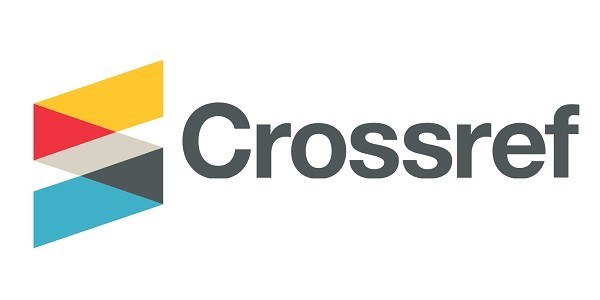The Personality Of Tifani Fanelli In Jessica Knoll’s Novel Luckiest Girl Alive
DOI:
https://doi.org/10.56326/jlle.v2i1.1447Keywords:
Personality, Character, Psychology, NovelAbstract
This study aimed to discover the personality and factors that influence TifAni FaNelli’s personality development in Jessica Knoll’s novel Luckiest Girl Alive. The data sources used in this study was novel Luckiest Girl Alive by Jessica Knoll. In analysing the data, the writer used descriptive qualitative method through psychology approach. Data were obtained by using the techniques of reading, noting, and analysing. Meanwhile in classifying the data, the writer used Adler’s Individual Psychology theory. The research reveal that the novel contained personalities of easily influenced, a liar, patient, innocent, obsession, a dreamer, forgiving, lack of confidence, loyal, jealousy, generous, trendy, emotional, and brave. While data that included factors, inferiority are, social interest, fictional final goal. So, the dominants personality were easily influenced, obsession, emotional, and inferiority factor.
References
Adler, Alfred. (1949). Understanding Human Nature (W. B. Wolfe, Trans). New York: Permabooks (Original Work published 1927)
Bowta, F., & Puluhulawa, Y. (2018). Deconstructive Analysis of Main Charater in Frankenstein Novel by Merry Shelley. British: Jurnal Bahasa dan Sastra Inggris, 8(2), 60-71
Brett, Colin (Ed.). (1997). Understanding Life: An Introduction to the Psychology of Alfred Adler. England: Oneworld Publications
Burger, Jerry M. (2000). Personality. United State of America: Wadsworth Publishing Company
James, William. (1950). The Principles of Psychology. United States: Dover Publications
Latifah, Siti Noor., et al. (2019). Character Analysis of Jace Wayland in the Mortal Instrument: City of Bones Novel Through Hierarchy of Human Needs Theory of Abraham Maslow. Jurnal Ilmu Budaya, 3(1), 1-12
McLeod, Saul. (2019). What’s the difference between qualitative and quantitative research. Symply Psychology. Retrieved from: www.simplypsychology.org/qualitative-quantitative.html accessed date: 4th July 2021 at 4pm
Nurgiyantoro, Burhan. (1995). Teori Pengkajian Fiksi. Gadja Mada University Press
Pangestu, N.A. & Sunardi, FX. D. (2016) An incomplete psychological novel: A psychoanalytical analysis of hazel lancaster in John The Fault in Our Stars. Journal of Language and Literature, 16(1), 20-28
Sawitri, K. Alit. (2012). Method of Characterization and Three Dimensional Aspect of Main Character in Bronte’s Jane Eyre. Jurnal elektronik: Universitas Udayana, 1(1), 1-9
Thamrin, N.R. & Wargika, B. (2013). The Character Analysis of Glen Hansard in Once Film. English Review: Journal of English Education, 2(1), 37-48
Wade, Carole., et al. (2016). Psikologi (11th ed). Jakarta: Penerbit Erlangga
Wellek, Rene., & Warren, Austin. (1949). Theory of Literature. London: Thirty Bedford Square
Downloads
Published
How to Cite
Issue
Section
License
Copyright (c) 2022 Intan Tangngi Rapa, Dahlia D. Moelier, Asyrafunnisa Asyrafunnisa

This work is licensed under a Creative Commons Attribution 4.0 International License.










